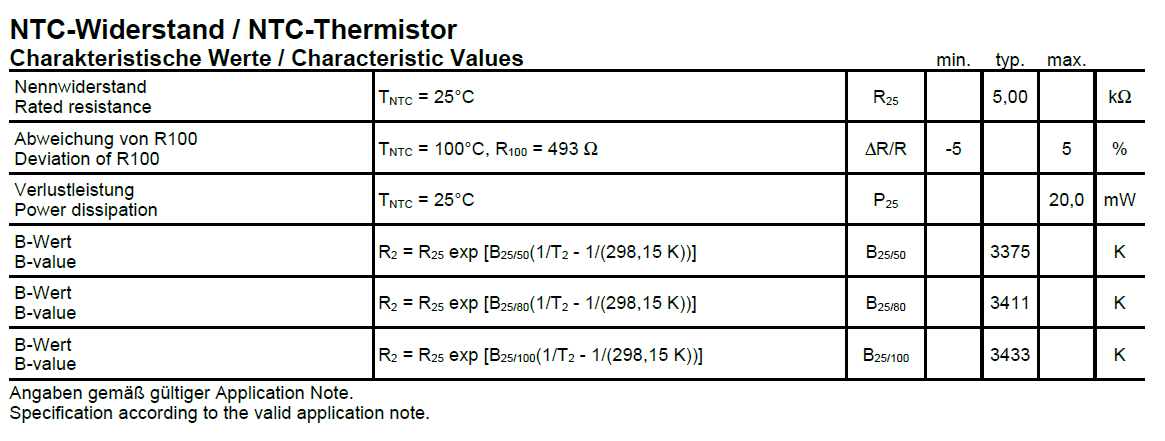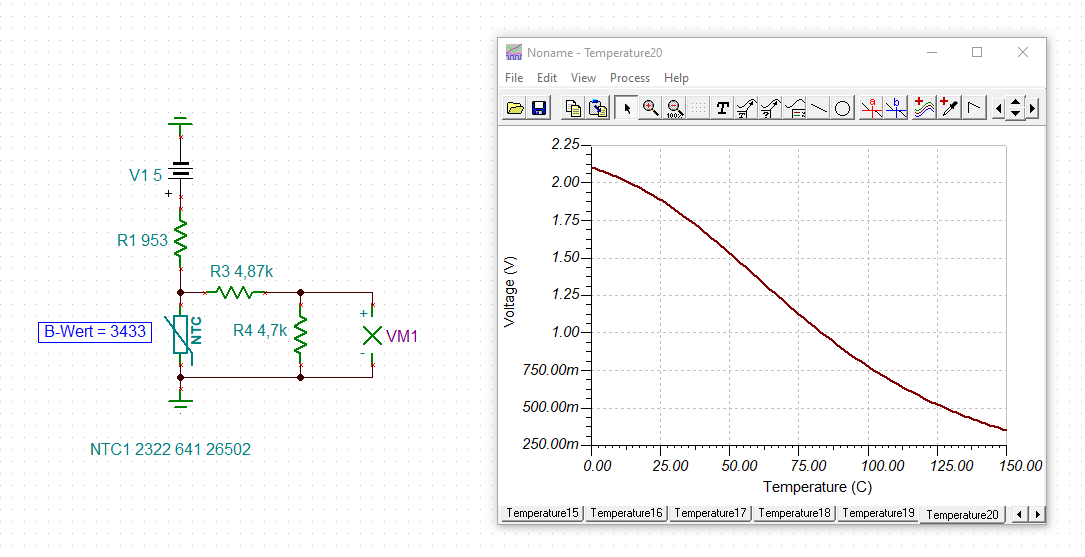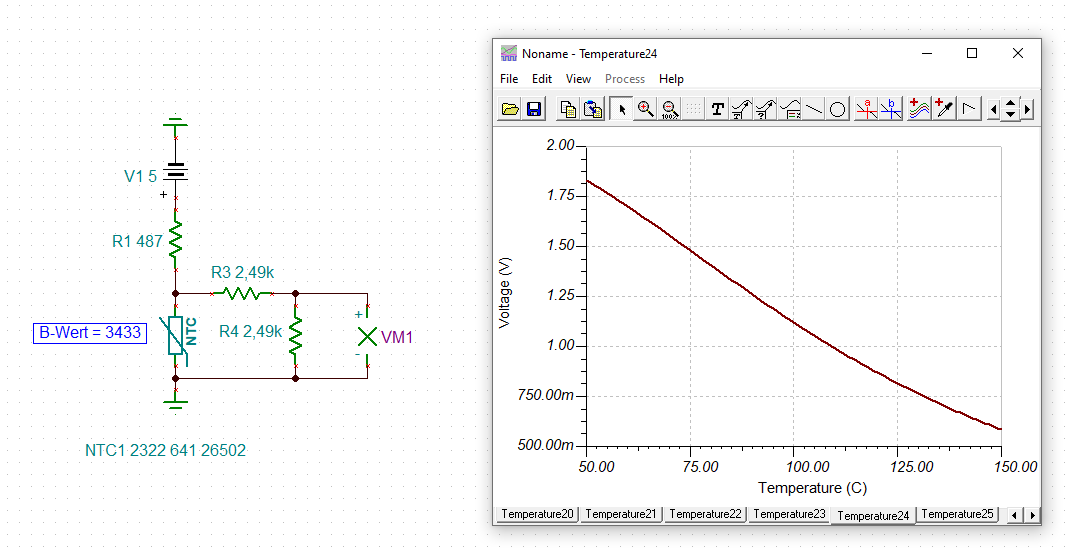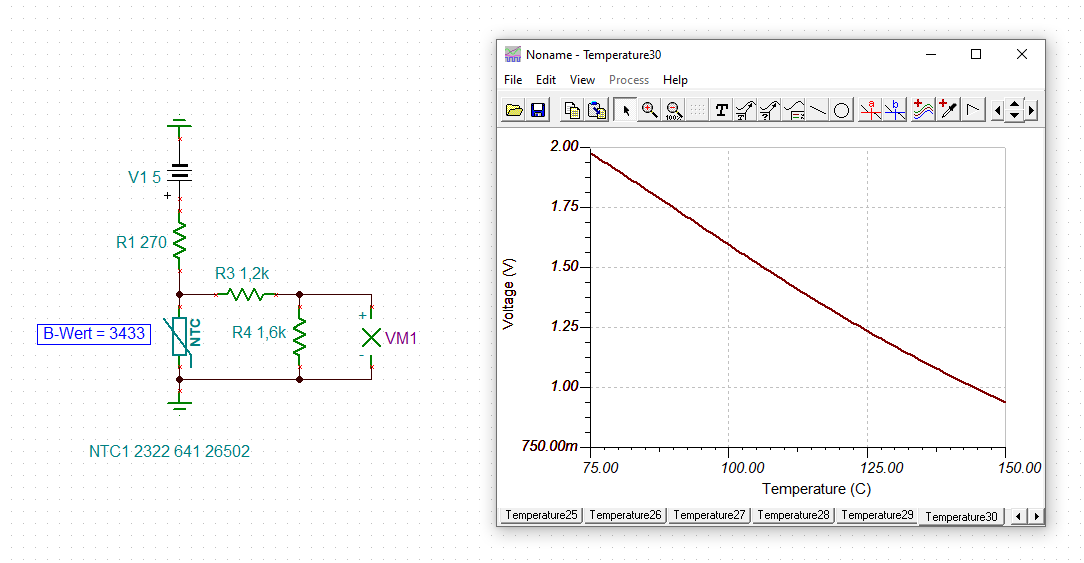Other Parts Discussed in Thread: ISO224, TLC555, AMC1311
Hello team,
I would like to use AMC1311-Q1 in my design to measure temperature isolated. NTC has a very low resistance in high temperature like 160 ohm @ 150C and 125kohm @-40C. When I sclaed the input from 0V to 2V, I have about 3mv input @150C and it doesn't make sense to use it as that due to it's hard to tell it from any noise.
Do you have any suggestion regarding this issue?
Thank you so much!
Regards,
Fatma






